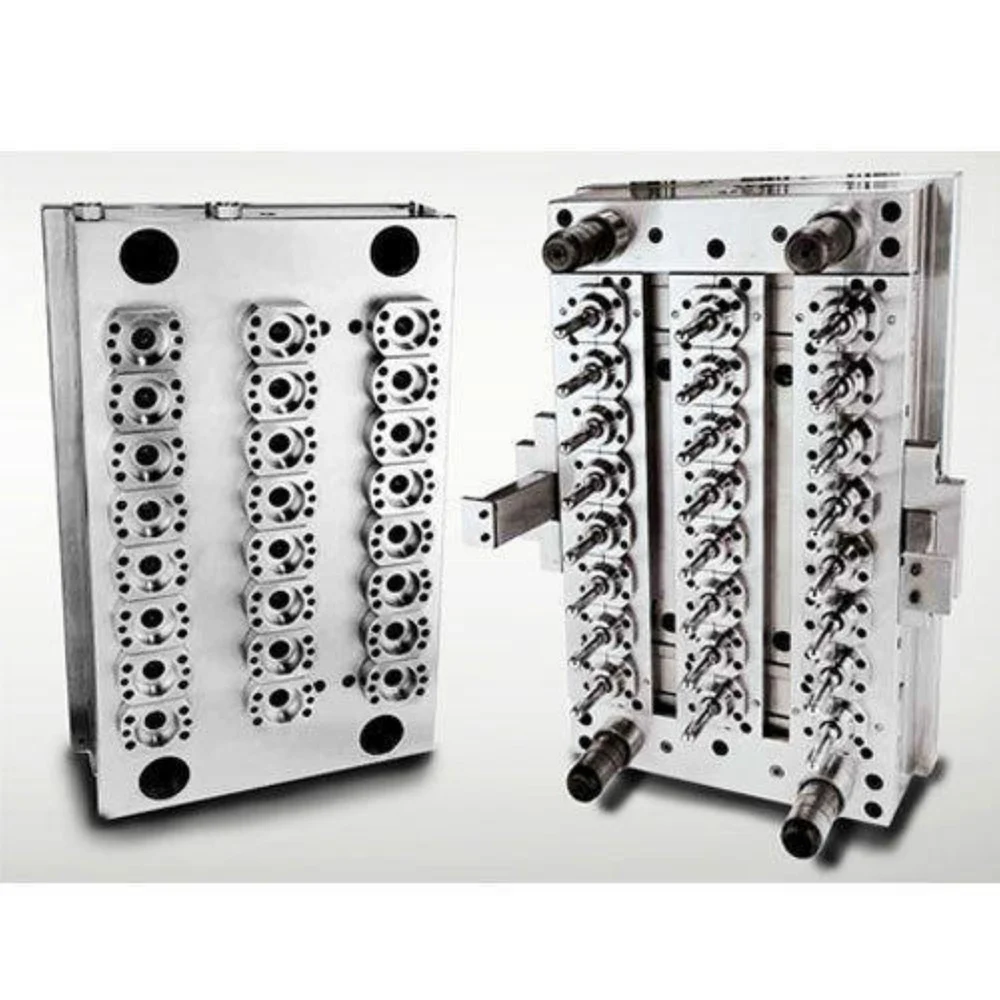Introduction: PVC (Polyvinyl Chloride) molding is a popular material used in various industries for its durability, cost-effectiveness, and ease of use. Two primary types of PVC molding are commonly used: rigid PVC and flexible PVC. While both have similar chemical compositions, their physical properties and applications differ significantly. Understanding the differences between rigid and flexible PVC molding is essential when deciding which type to use for specific projects.
1. Rigid PVC Molding
Characteristics: Rigid PVC, also known as uPVC (unplasticized PVC), is a type of PVC that does not contain any plasticizers, which makes it stiff and solid. It is resistant to impact, weather, and chemicals, offering a high level of durability and strength. Its hardness makes it ideal for applications that require structural integrity.
- Hardness: Rigid PVC is stiff and cannot bend easily without breaking.
- Strength: It has high mechanical strength, making it ideal for applications that require load-bearing capabilities.
- Durability: It is resistant to abrasion, corrosion, and environmental stress.
- Color: Rigid PVC is typically white or light-colored but can be easily painted.
Applications: Rigid PVC molding is widely used in applications that require structural support and durability. Common uses include:
- Window and Door Frames: Rigid PVC is ideal for frames because it does not warp or deform over time.
- Piping Systems: uPVC pipes are commonly used in plumbing and drainage due to their ability to withstand high pressure and resist chemical corrosion.
- Electrical Conduits: Used in electrical wiring systems due to its insulating properties.
- Building Materials: Rigid PVC is used in siding, trim, and fascia due to its resistance to weather and ease of installation.
2. Flexible PVC Molding
Characteristics: Flexible PVC is made by adding plasticizers to the PVC polymer, which makes it more bendable and flexible without sacrificing its strength and durability. The addition of plasticizers allows the material to stretch and bend without breaking, making it versatile for various applications that require flexibility.
- Flexibility: Flexible PVC can bend and twist easily, making it ideal for applications that require a high degree of flexibility.
- Elasticity: It has a rubber-like elasticity, which allows it to return to its original shape after being stretched or compressed.
- Resilience: Flexible PVC resists cracking or breaking under stress, making it ideal for high-traffic or high-movement areas.
- Color: Flexible PVC can be easily colored and often comes in a variety of colors for decorative uses.
Applications: Flexible PVC molding is used in applications where flexibility, cushioning, and resistance to wear and tear are required. Common uses include:
- Flexible Tubing and Hoses: Due to its bendable nature, flexible PVC is often used for tubing and hoses in industries like automotive, medical, and agriculture.
- Electrical Cable Insulation: Flexible PVC is commonly used as insulation for electrical wires and cables because it is both durable and bendable.
- Seals and Gaskets: Flexible PVC is used for door seals, window seals, and gaskets due to its ability to form tight seals that prevent air, water, and dust infiltration.
- Flooring and Wall Protection: Flexible PVC is used in commercial and industrial settings for protective flooring strips and wall corner protectors.
- Flexible Molding and Trim: Decorative flexible PVC molding is often used in applications where bending around corners or curves is necessary.
3. Key Differences Between Rigid and Flexible PVC Molding
| Feature | Rigid PVC Molding | Flexible PVC Molding |
|---|---|---|
| Flexibility | Stiff and unbendable | Flexible and bendable |
| Durability | Highly durable and resistant to impact | Resilient to wear and tear, more elastic |
| Strength | Strong, ideal for load-bearing applications | Less strong under heavy loads, more suitable for light-duty applications |
| Applications | Structural, plumbing, electrical conduits | Tubing, hoses, seals, trim, gaskets |
| Temperature Resistance | Can withstand high temperatures | Generally resistant, but less than rigid PVC |
| Color | Typically white or light-colored, can be painted | Available in various colors, easy to color |
4. Choosing Between Rigid and Flexible PVC Molding
When deciding which type of PVC molding to use, the primary consideration should be the specific needs of the project. If you require a material with strength, rigidity, and resistance to environmental elements, rigid PVC is the better option. On the other hand, if your project demands flexibility, resilience, and ease of installation, flexible PVC is a more suitable choice.


